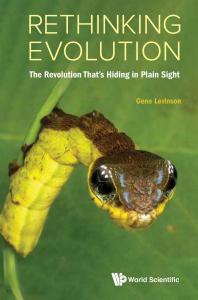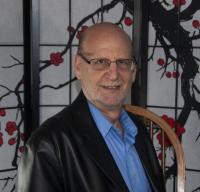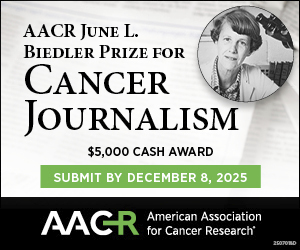
Gene Levinson: Rethinking Evolution
THE REVOLUTION THAT’S HIDING IN PLAIN SIGHT
Gene Levinson, PhD
World Scientific Publishing Company, Oct 2019 (Europe); Nov 2019 (U.S)
Hardbound, $138; ebook, $110
ISBN-10: 1786347261; ISBN-13: 9781786347268
ebook ISBN: 9781786347282
Institutional ebook ISBN: 9781786347275
Levinson reports:
Having grown up in Berkeley, California in the 1960s, it seemed only natural that I should rebel against the established conceptual order. As a biology undergraduate at Berkeley in the 1970s, I ranted—during lectures and office hours—about the limitations of the 1940s “Modern Synthesis” of evolution, which held that selection is the only creative force in natural selection, and mutations are just random raw material.
I was fascinated by the evolution of the genes that drive the development of embryos, and the nonrandom ways that DNA sequences can change. As a graduate student at UC Irvine, I continued to stir up trouble by insisting that I pursue my own as-yet-unfunded research interests. This led me to discover slipped-strand mispairing (SSM), the fundamental mechanism that expands repetitive DNA sequences in multicellular organisms. SSM accelerates gene duplications, which are among the best examples of nonrandom changes in DNA that provide opportunities for preservation by natural selection.Only recently did I come to accept that I am a generalist who prefers to communicate the “big picture” and to challenge existing paradigms. I connected on LinkedIn with a brilliant popular science writer and quantum physicist, Ruth Kastner, who argues that the logical potential for events to occur is as much a part of reality as actual events that occur in time and space, and that potential is constantly changed by previous events. I reasoned that previous events also lay the groundwork for potential future opportunities in evolution. Therefore, there’s more to natural selection than incremental, random change alone.
Ruth encouraged me to write a book and wrote a letter recommending me to an acquiring editor at World Scientific Publishing Company, leading to a book contract. Once I started writing in earnest, it took me a year of half-time writing to finish the book.
My advice to aspiring writers is to listen to the immortal words of Stan Lee: “If you have an idea that you genuinely think is good, don’t let some idiots talk you out of it.”
Contact info:
- Gene Levinson, 703-731-5079, genelevinson@gmail.com, https://www.rethinkingevolution.com, https://www.linkedin.com/in/genelevinson, @GeneLevinson
- Book: https://www.worldscientific.com/worldscibooks/10.1142/q0215
- Publicist: Amanda Yun, 65-6466-5775, ext. 446, heyun@wspc.com
NASW members: will your book be published soon? Take advantage of this opportunity for shameless self-promotion. Submit your report for Advance Copy.
Tell your fellow NASW members how you came up with the idea for your book, developed a proposal, found an agent and publisher, funded and conducted research, and put the book together. Include what you wish you had known before you began working on your book, or had done differently.
See https://www.nasw.org/advance-copy-submission-guidelines.
View Advance Copy archives at https://www.nasw.org/member-article/advance-copy.
Thinking of writing a book? If you are a NASW member, you may access a list of more than 200 books and online resources to help you craft your book proposal, find an agent and funding sources, negotiate your contract, learn about self-publishing, publicize and market your book, and more at https://www.nasw.org/article/write-book.
Send book info and questions about book publishing to Lynne Lamberg, NASW book editor, llamberg@nasw.org.
Hero image by Andrzej Rembowski from Pixabay
Advance Copy
The path from idea to book may take myriad routes. The Advance Copy column, started in 2000 by NASW volunteer book editor Lynne Lamberg, features NASW authors telling the stories behind their books. Authors are asked to report how they got their idea, honed it into a proposal, found an agent and a publisher, funded and conducted their research, and organized their writing process. They also are asked to share what they wish they’d known when they started or would do differently next time, and what advice they can offer aspiring authors. Lamberg edits the authors’ answers to produce the Advance Copy reports.
NASW members: Will your book be published soon? Visit www.nasw.org/advance-copy-submission-guidelines for information on submitting your report.
Publication of NASW author reports in Advance Copy does not constitute NASW's endorsement of any publication or the ideas, values, or material contained within or espoused by authors or their books. We hope this column stimulates productive discussions on important topics now and in the future as both science and societies progress. We welcome your discussion in the comments section below.




